Eternal: Bright Shadows
HU Jungyi (Art Critic)
“Beauty does not exist on the surface of objects, but in the shadows and interplay of light and dark formed between objects.”
── Jun’ichirō Tanizaki, In Praise of Shadows
San Gallery’s spring exhibition, Eternal: Bright Shadows, presents the works of three artists from Japan and Taiwan: Kazuki Torigoe, Chih-ChengHuang , and Marie Higashi, each demonstrating distinct material expressiveness and textural depth.
The exhibition title, Eternal: Bright Shadows, employs a paradoxical formulation, embedding an intrinsic dialectic discussion of “time-space.” It suggests that the artistic expressions of the three creators all subtly contain an aesthetic quality of “elusive subtlety.” Specifically, their paintings transform personal emotions through the integration of life experiences, memory, and temporality. In classical Chinese, “eternal” conveys the cyclical interplay of the moon’s waxing and waning in the universe. Meanwhile, “bright shadows” allude to the hidden, unseen darkness that lurks behind a luminous scene—a darkness that invites introspection and unveils insights beyond mere visual perception.
According to German sociologist Norbert Elias, humans are ultimately “humans in nature,” meaning that human cognition inherently includes an awareness of the overlap between “time” and “space.” Our perception is an integrated whole. The concept of “time” denotes the positioning or segmentation of two or more ongoing movements “established in relation” (In-Beziehung-Setzen). This relationship manifests in the way individuals process perceptual content and transmit memory images from one person to another, forming an experiential continuity within society.
In September 2024, Kazuki Torigoe wrote on social media: “I want to understand the incomprehensible. I am painting a piece, and when I touch the paint, I seem to understand it. I want to know more.” This statement appears to reveal the core of his creative process. For Torigoe, the question is never what to paint; “image” itself is never an issue. His painting process involves layers of unique textures, with brushstrokes that resemble the tense and spontaneous gestures of Willem de Kooning. His colors and lines oscillate between fluidity and explosive energy, as if consciousness is on the verge of eruption. Through the interplay of texture and pigment, he continuously explores the uncharted depths of the psyche.
Torigoe’s artistic approach challenges traditional frameworks of brushwork, resonating with the avant-garde “Kyushu-ha” movement of 1950s Japan, which emphasized non-academic, proletarian consciousness and a labor-driven spirit, incorporating everyday objects and perspectives into artistic expression. His paintings—marked by gestural strokes, rugged earthy textures, the interplay of wet and dry paint, and diary-like sketches—transcend the conventions of art history and visual framing. Instead, they present a tactile materiality and layered composition that embody the passage of time and the depth of lived experience.
Chih-Cheng Huang excels at merging Eastern aesthetics with modern visual language. Through the tension between light and shadow, employing techniques such as negative film inversion, exposure, and image recomposition, he challenges the boundary between clarity and obscurity, amplifying the ambiguity and resonance within his imagery. His works evoke memory traces and the passage of time in their paper-based compositions.
Works such as Shimmering Light, Whisper, Distant View, Gentle Caress, Slanting Sun, and Fingertip feature image transfers onto metal foil, where “oxidation” is not just a technique but a central aesthetic motif, symbolizing cycles of time, transience, and endurance. At first glance, his pieces resemble fragmented Greco-Roman sculptures—echoing Johann Joachim Winckelmann’s praise of classical eternity—while also manifesting microcosms of light and shadow. The subtle gleam of metal foil veils the imagery, concealing raw emotion beneath symbolic forms, crystallizing into nostalgic echoes of old photographs, mythological reveries, or fleeting gazes and lingering touches. Within Huang’s visual language, the “great vanishing” coexists with the “decisive moment” (Henri Cartier-Bresson), where ephemeral images and tangible symbols merge, and memory materializes in shadowed silver-gray strokes, profound and luminous.
Marie Higashi, with a background in medical practice, transitioned to artistic creation, utilizing charcoal, wood, Japanese painting techniques, and acrylics on wooden panels to construct compositions rich with existential reflection. Her work subtly embodies the Zen spirit of Japanese aesthetics—a deep insight into the essence of imperfection and an awakened awareness of fleeting existence. Through painting, she navigates personal existential inquiries, finding a sense of redemption in the creative process. In her works, bluntness, clarity, and the traces of existence are transformed into meditations on “emptiness” and “form,” elevating silence and stillness into an inner state of reverence.
In her Two Sides series, Revelation, Radiate, Metamorphosis, and Float represent four quadrants of life, with “gaps” as the core motif, exploring the existential struggle between being and existence. Having witnessed the impact of surgery firsthand, she possesses a profound understanding of life’s fragility. Themes of wildfire, burning, ash, contemplation, darkness, and transition permeate her works as she continually examines the human condition. The boundaries in her paintings—whether circular or fragmented—bear irreparable marks, inscribing resilience and the dignity of survival. In the shadows, golden flecks of light shimmer with a quiet brilliance.
Japanese Kyoto School philosopher Tetsuro Watsuji, in Fūdo: The Climate and Culture of Man, proposed “spiritual climatology,” examining how the environment influences human inner experience. He categorized climates into “monsoon,” “desert,” and “pastoral” types, arguing that “monsoon-type” cultures are characterized by their fluctuating sensitivity—neither the unrestrained passion of tropical regions nor the monotonous endurance of frigid zones, but a rhythm akin to the changing seasons. This characteristic is reflected in the works of these three artists. Their creations oscillate between “intensity” and “accumulation,” attuned to the inherent cadence of monsoon cultures, seeking equilibrium between dramatic change and meditative introspection. As Watsuji noted: “Artistic creativity is inherently human, yet when materialized by a specific artist, it is inevitably imprinted with the cultural essence of that land.”
Kazuki Torigoe extends the gestural force of Abstract Expressionism, fervently inscribing subconscious impulses; Chih-Cheng Huang fuses imagery with Eastern aesthetics, conjuring echoes of memory through light and shadow; Marie Higashi captures the weight and luminescence of existence through the gaps of life. Their works resonate with the core of Eternal: Bright Shadows, employing paradoxical and introspective painting interpretations to delve into profound themes—memory and trace, contradiction and balance, transience and eternity, life and mortality. This exhibition is not only an exploration of the elusive aesthetics embedded within painting materials and textures but also a philosophical inquiry into selfhood and the passage of time.
References:
- Norbert Elias (2013), An Essay on Time, translated by Li Zhongwen, Taipei: Qunxue Publishing.
- Jun’ichirō Tanizaki (2018), In Praise of Shadows, translated by Liu Ziqian, Taipei: Dapai Publishing.
- Tetsuro Watsuji (2018), Fūdo: The Climate and Culture of Man, translated by Chen Liwei, Beijing: Commercial Press, pp. 31-34.
Artists | Kazuki Torigoe, Chih-Cheng Huang, Marie Higashi
Exhibition Period | 2025/03/08 (Sat) ~ 04/26 (Sat)
Opening Tea Reception & Artist Talk | 2025/03/08, 3:00 PM
Guest Speaker | Yan Xuehua
Exhibition Venue | SAN Gallery
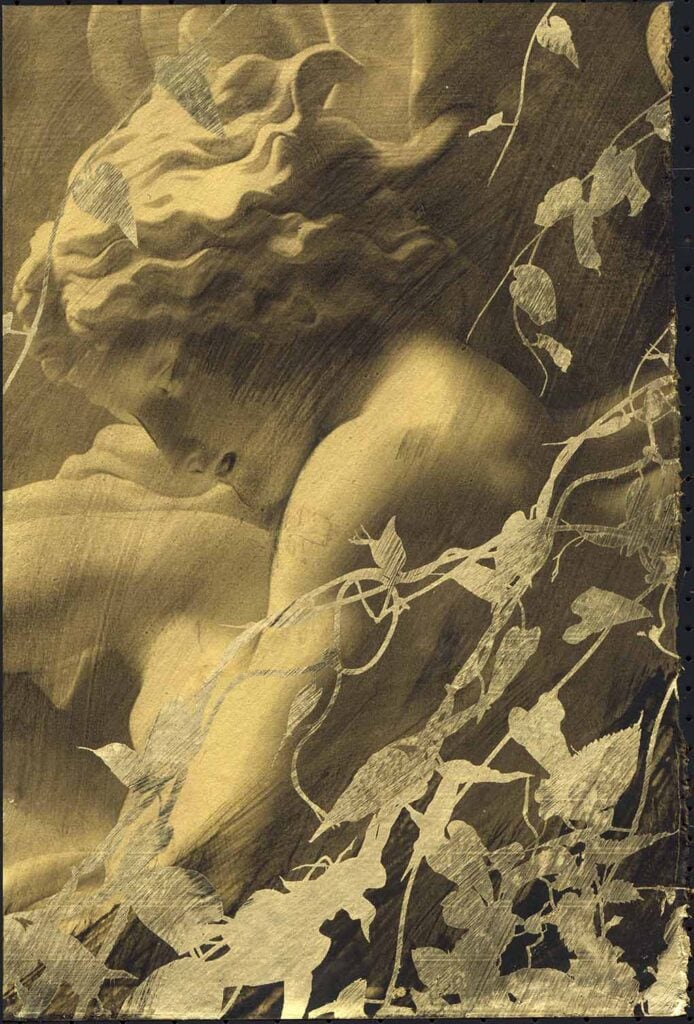
黃至正_迎風_墨、顏料墨水、水性顏料、金箔、韓國壯紙_32×47cm_2024
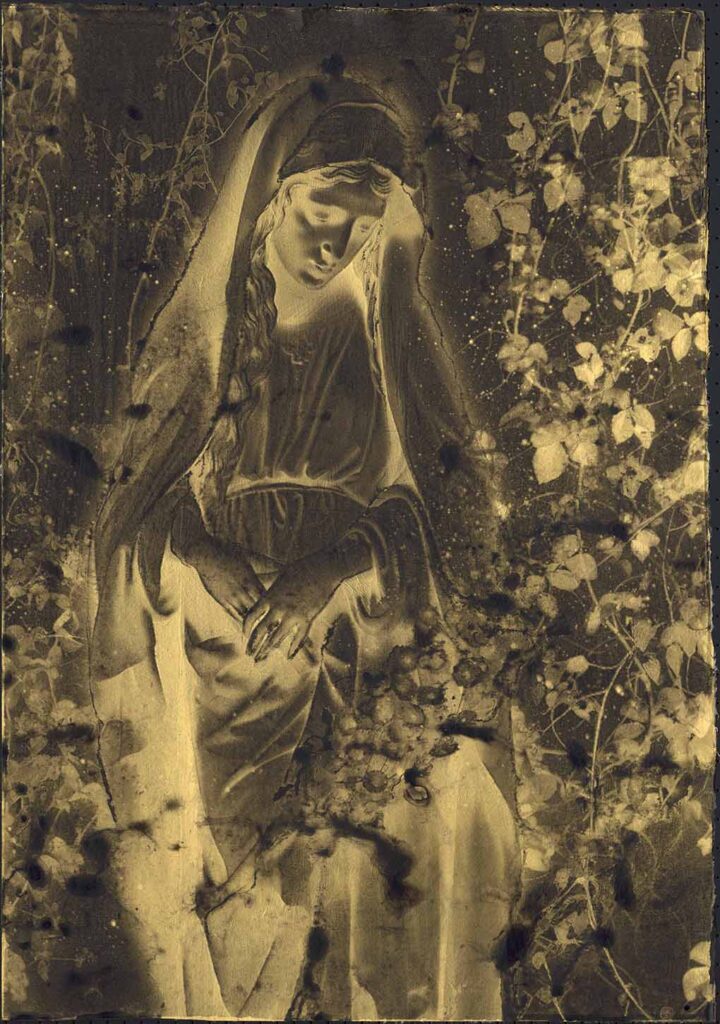
黃至正_看淡_韓國壯紙、墨、顏料墨水、水性顏料、金箔_84×59.5cm_2024
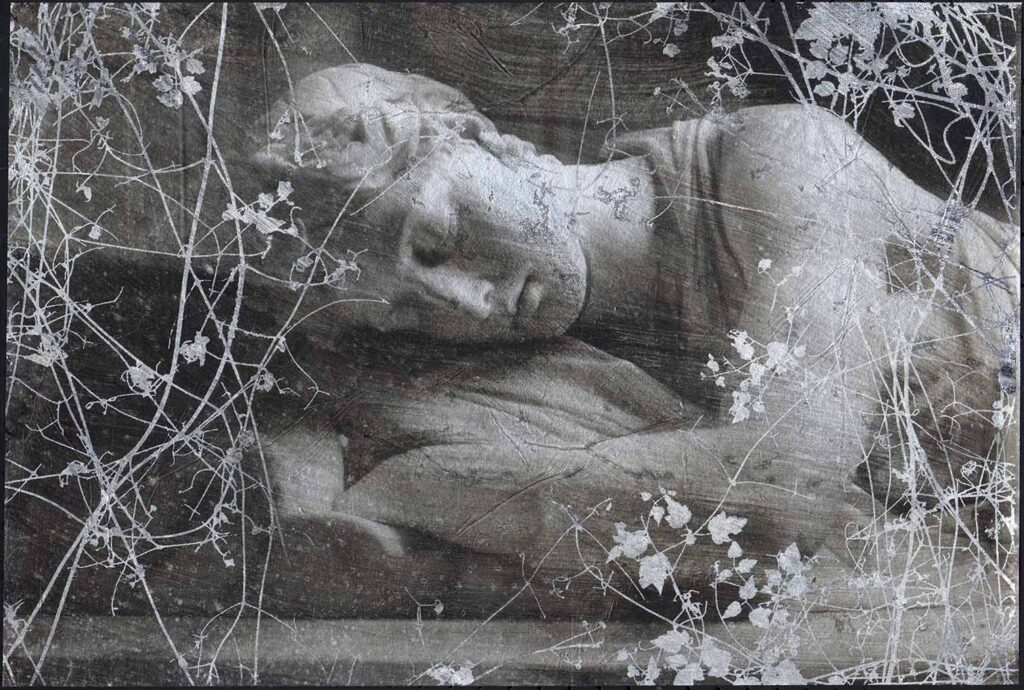
黃至正_善聽_墨、顏料墨水、水性顏料、鋁箔、銀箔、韓國壯紙_47×32cm_2024
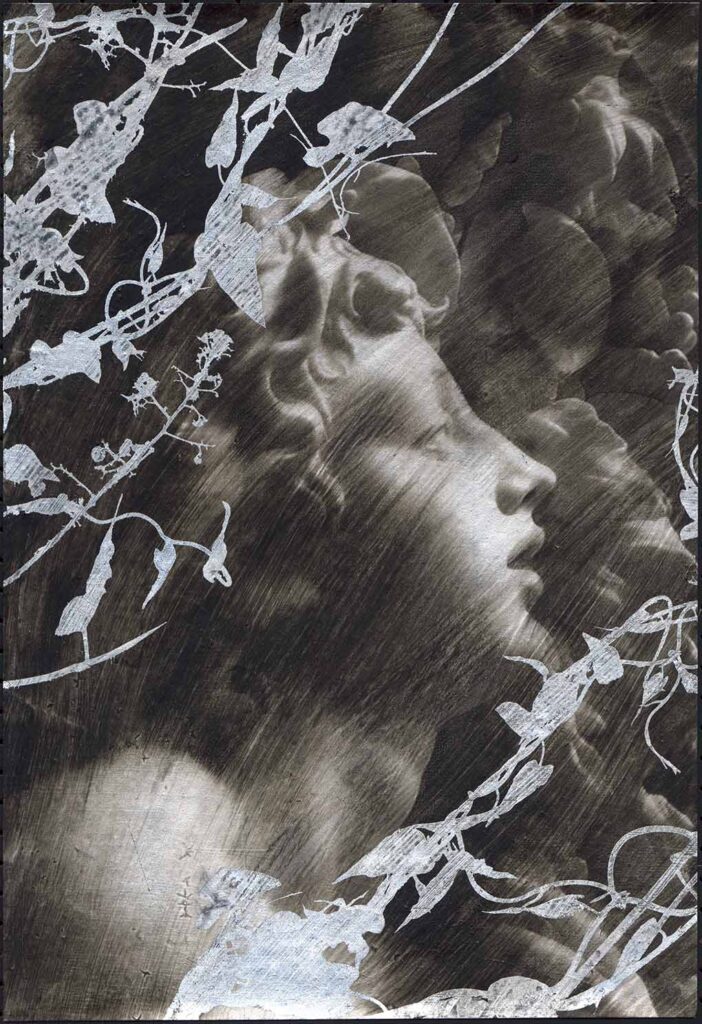
黃至正_遠眺_墨、顏料墨水、水性顏料、銀箔、韓國壯紙_32×47cm_2024
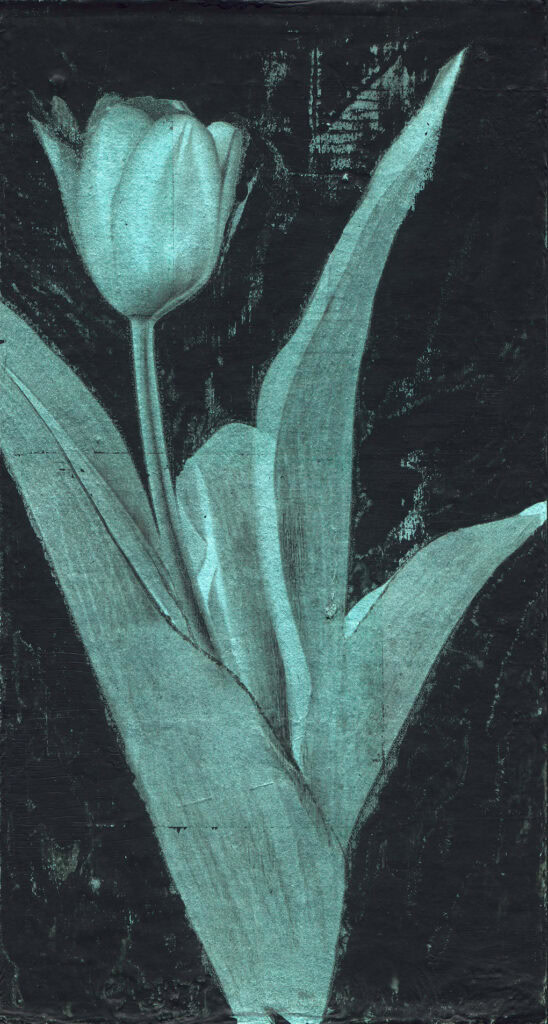
黃至正_撚指_墨、顏料墨水、水性顏料、銀箔、韓國壯紙_16×30cm_2024
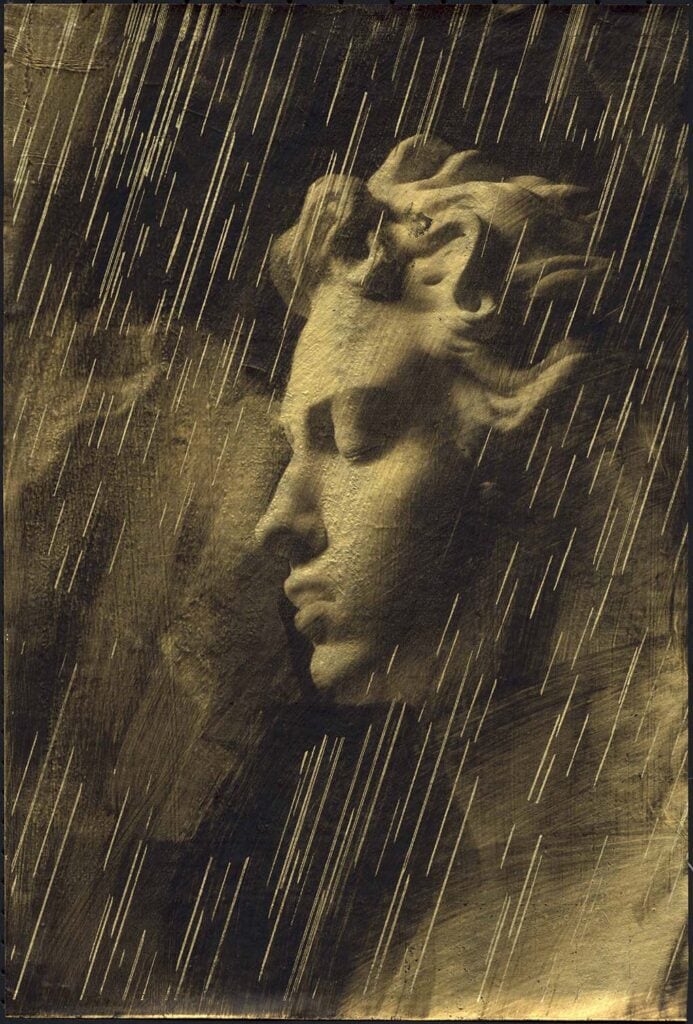
黃至正_潤_墨、顏料墨水、水性顏料、金箔、韓國壯紙_32×47cm_2024
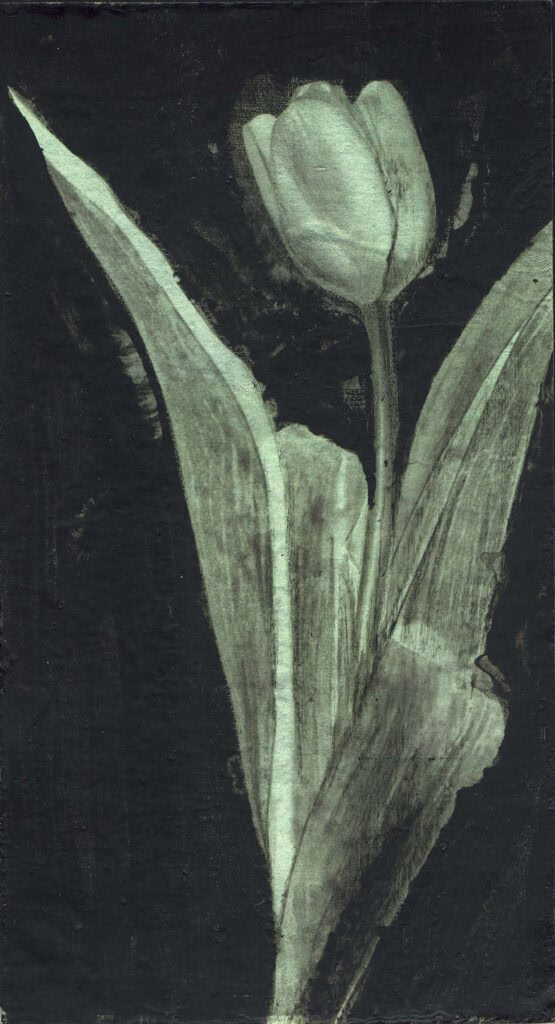
黃至正_折耳_墨、顏料墨水、水性顏料、銀箔、韓國壯紙_16×30cm_2024
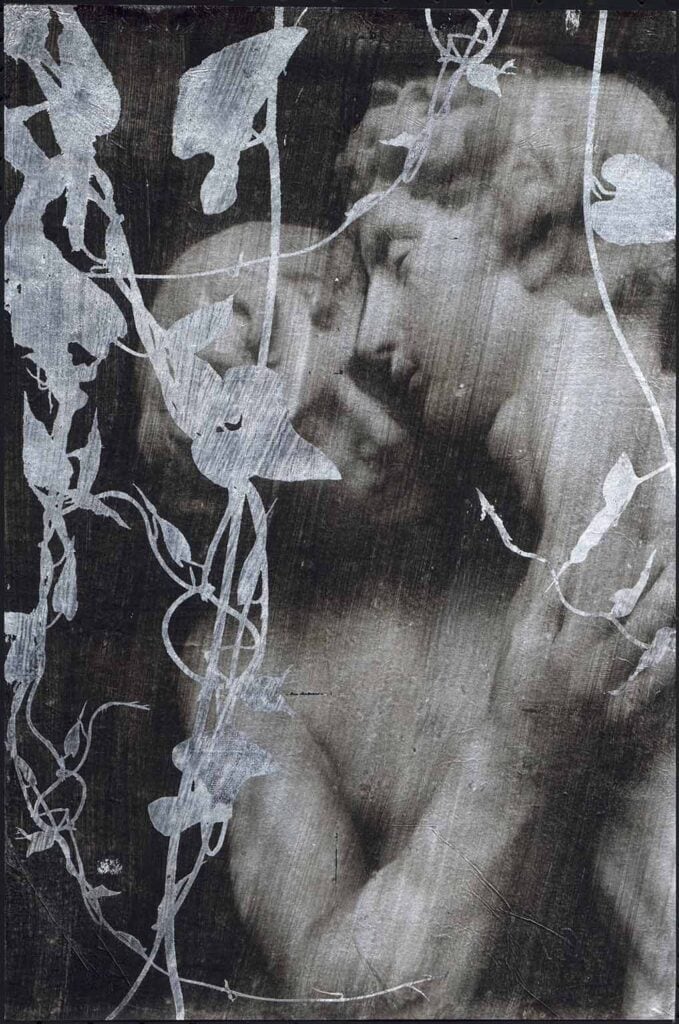
黃至正_擄獲_墨、顏料墨水、水性顏料、鋁箔、銀箔、韓國壯紙_32×47cm_2024
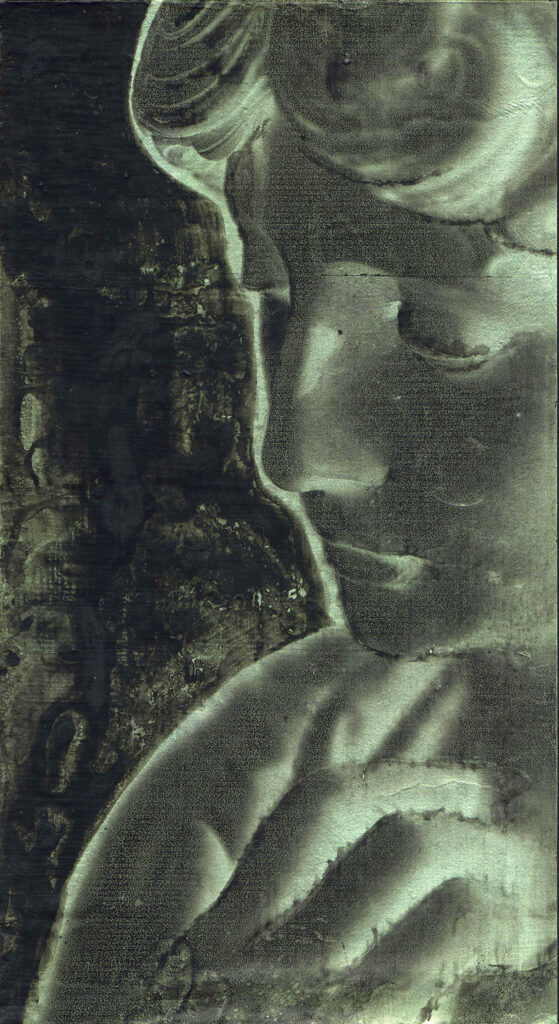
黃至正_沉_墨、顏料墨水、水性顏料、銀箔、韓國壯紙_16×30cm_2024
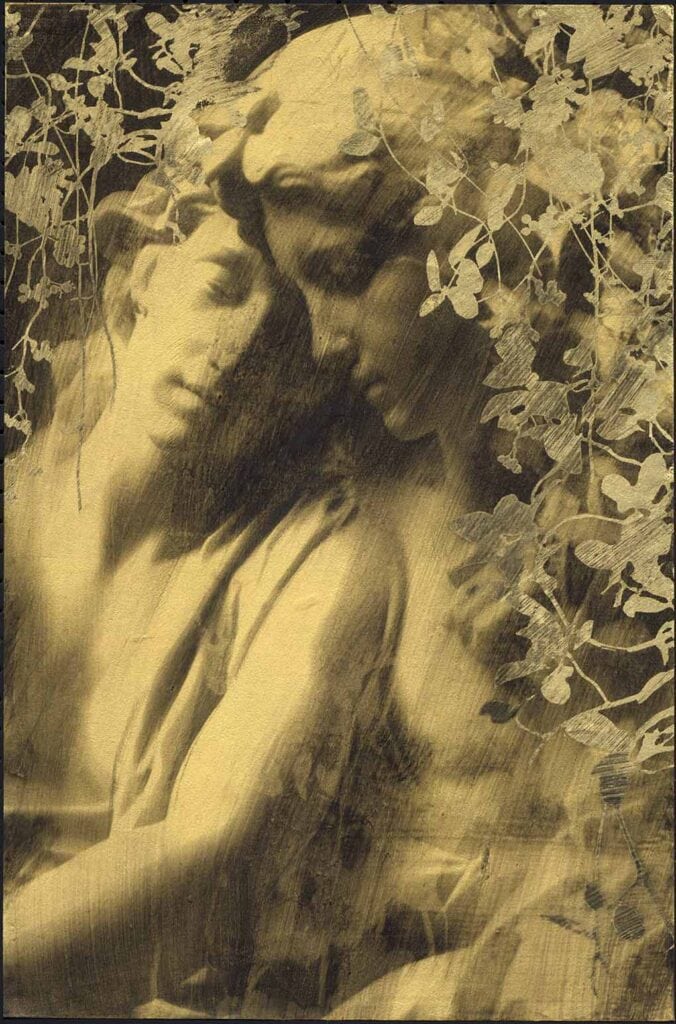
黃至正_枕_墨、顏料墨水、水性顏料、金箔、韓國壯紙_32×47cm_2024
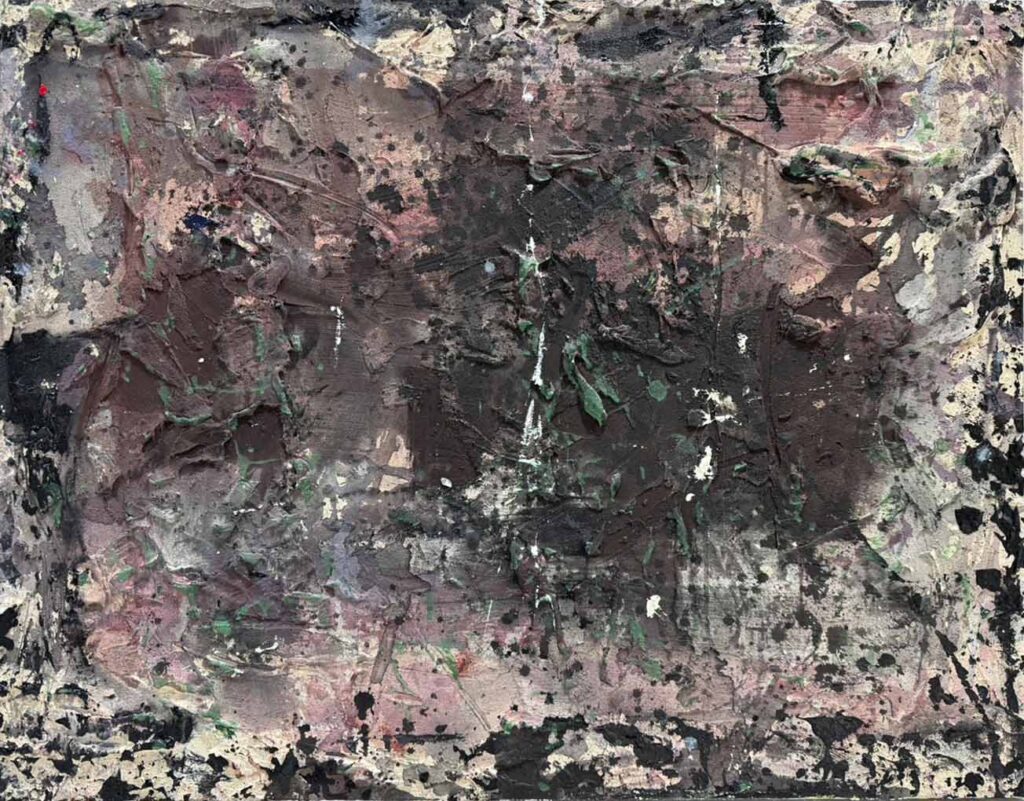
鳥越一輝_燃燒著的美麗森林_複合媒材_116.7×91 cm_2024
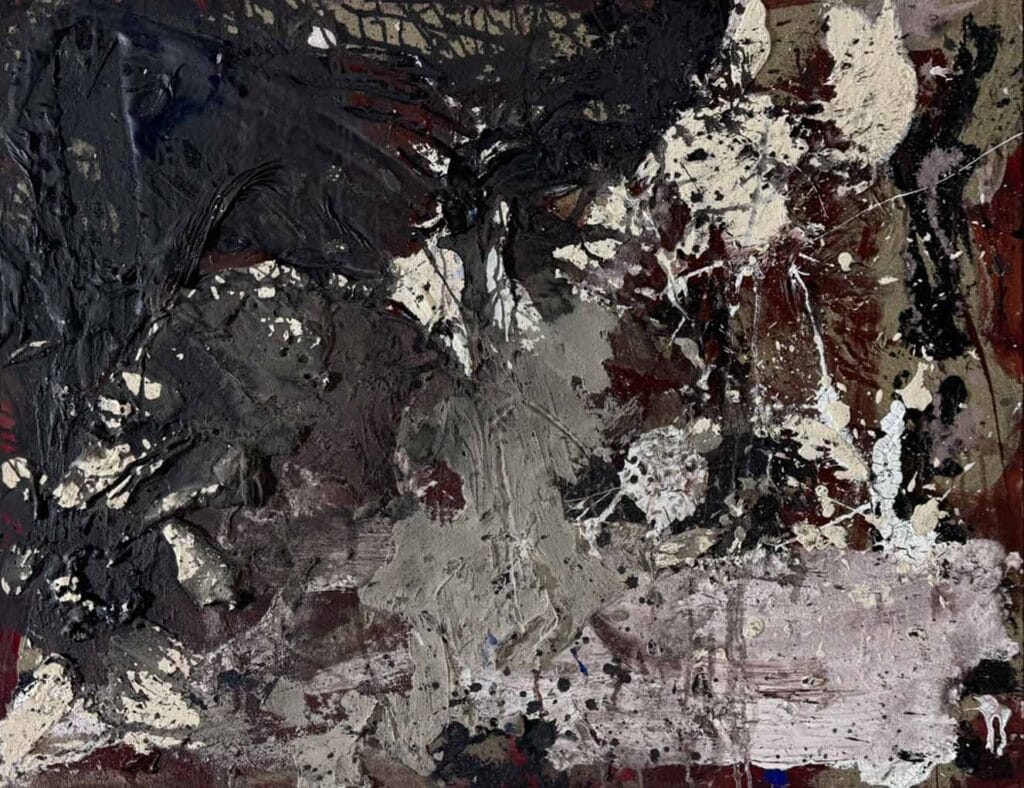
鳥越一輝_劇場_複合媒材_116.7×91 cm_2024
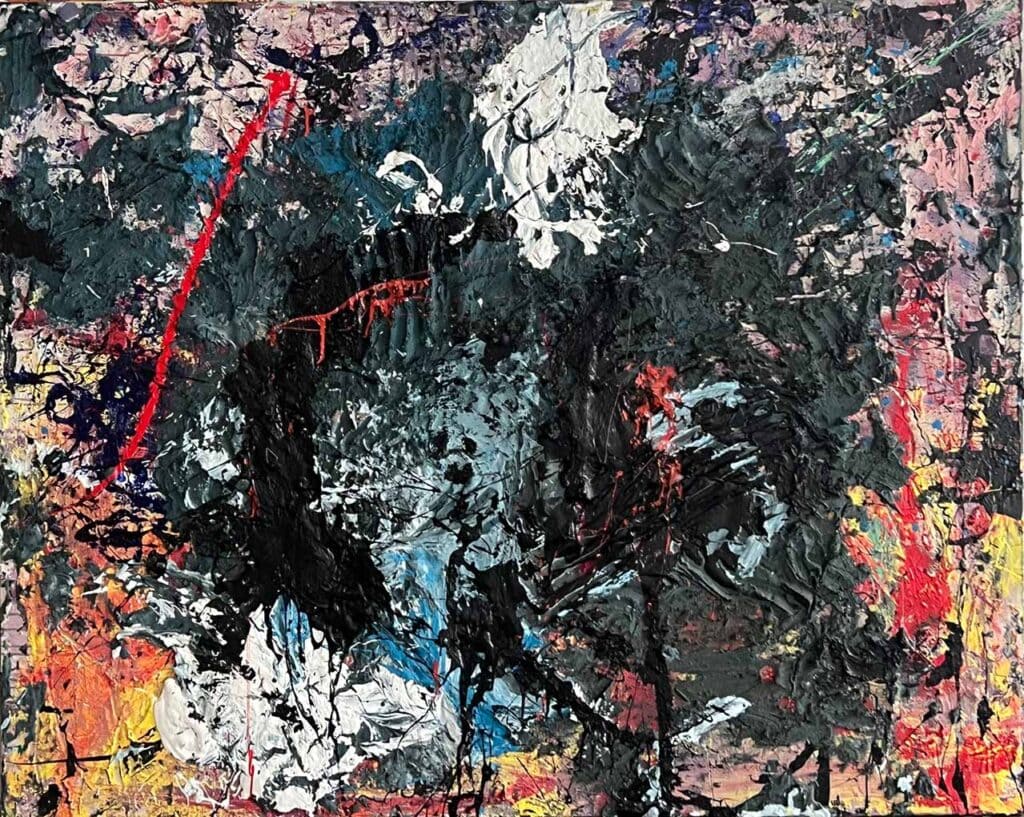
鳥越一輝_無意識的樂園_複合媒材_162×130.3 cm_2025
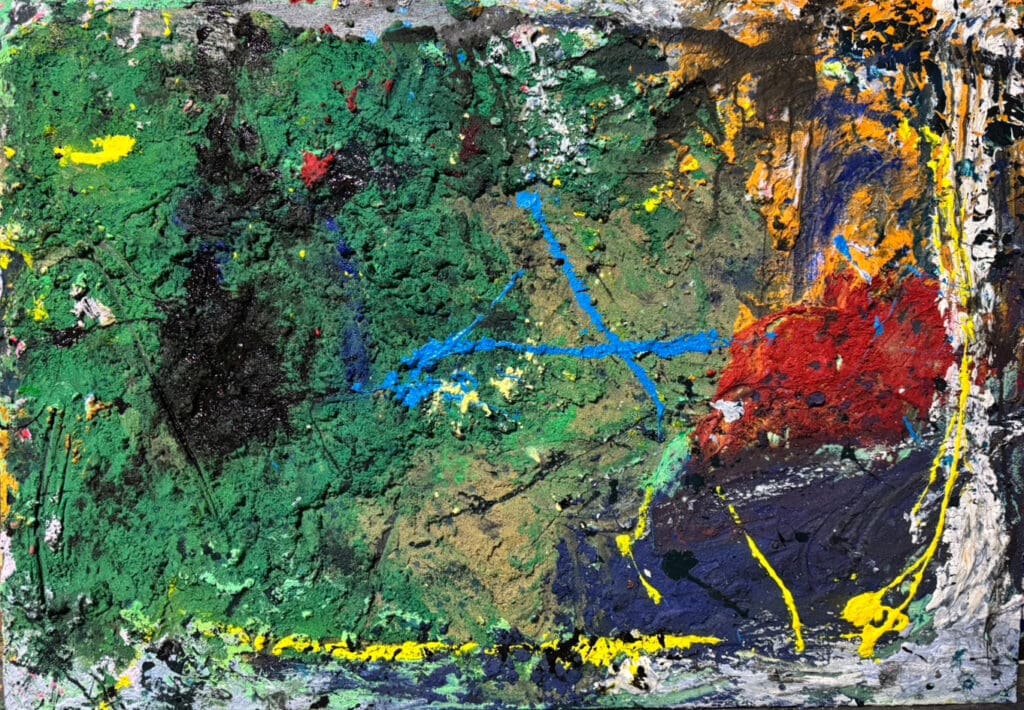
鳥越一輝_無意識的樂園_複合媒材_116.7×80 cm_2025
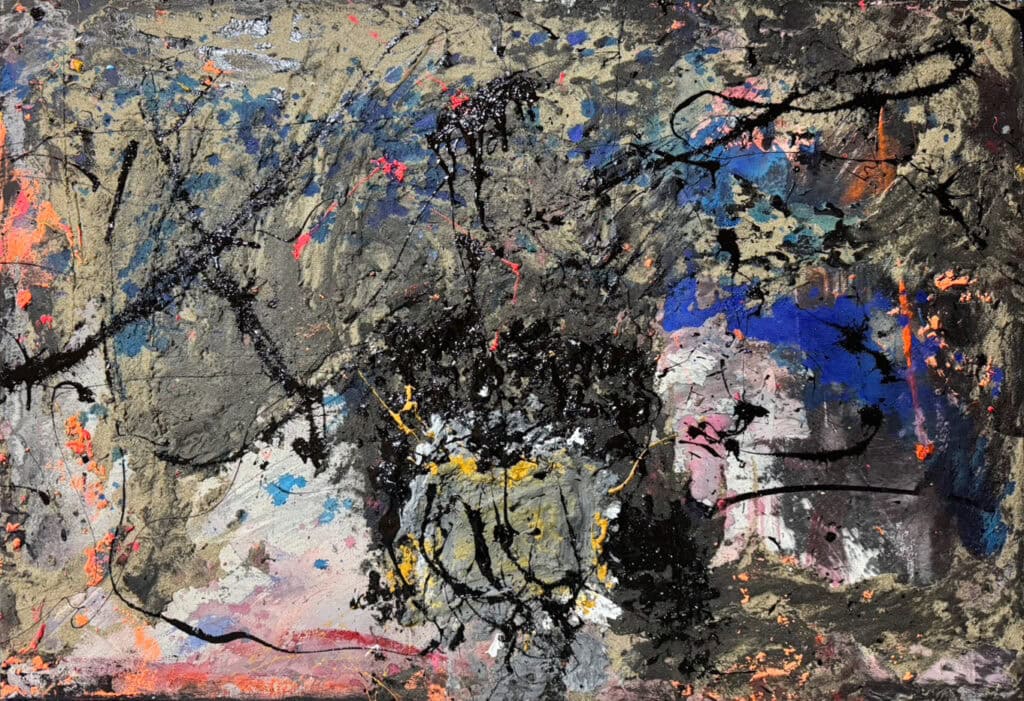
鳥越一輝_無意識的樂園_複合媒材_116.7×80 cm_2025(1)
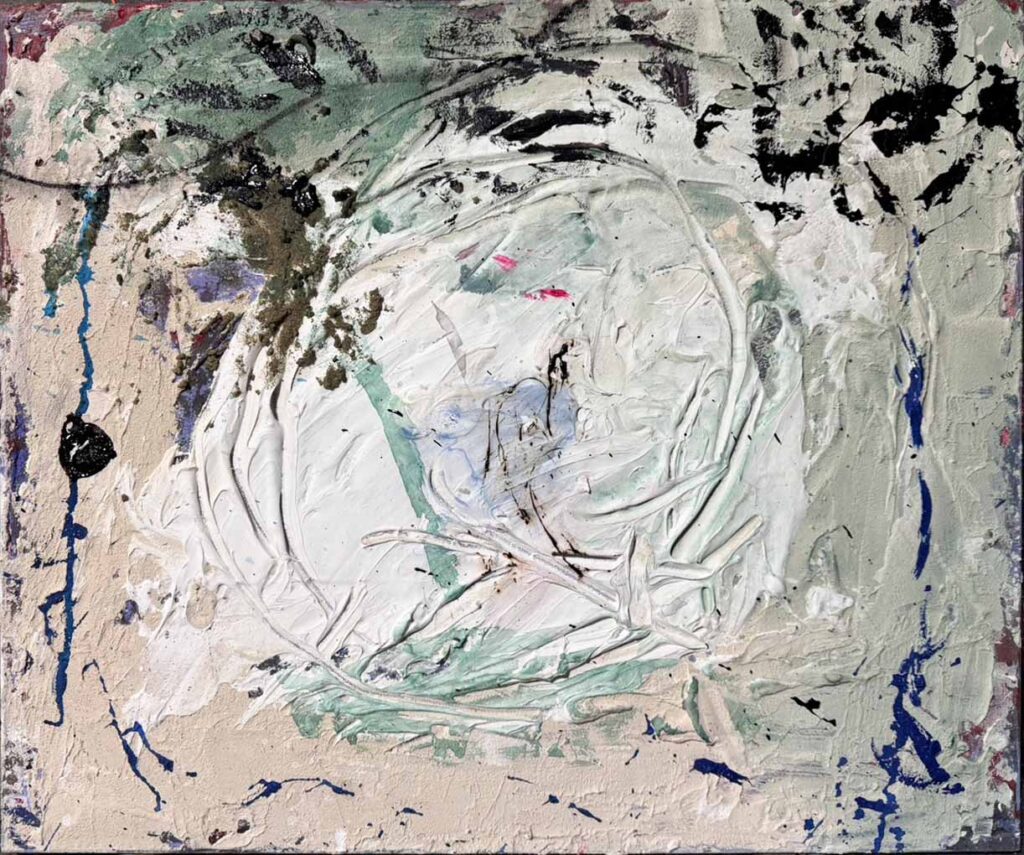
鳥越一輝_無意識的樂園_複合媒材 _72.7×60.6 cm_2025
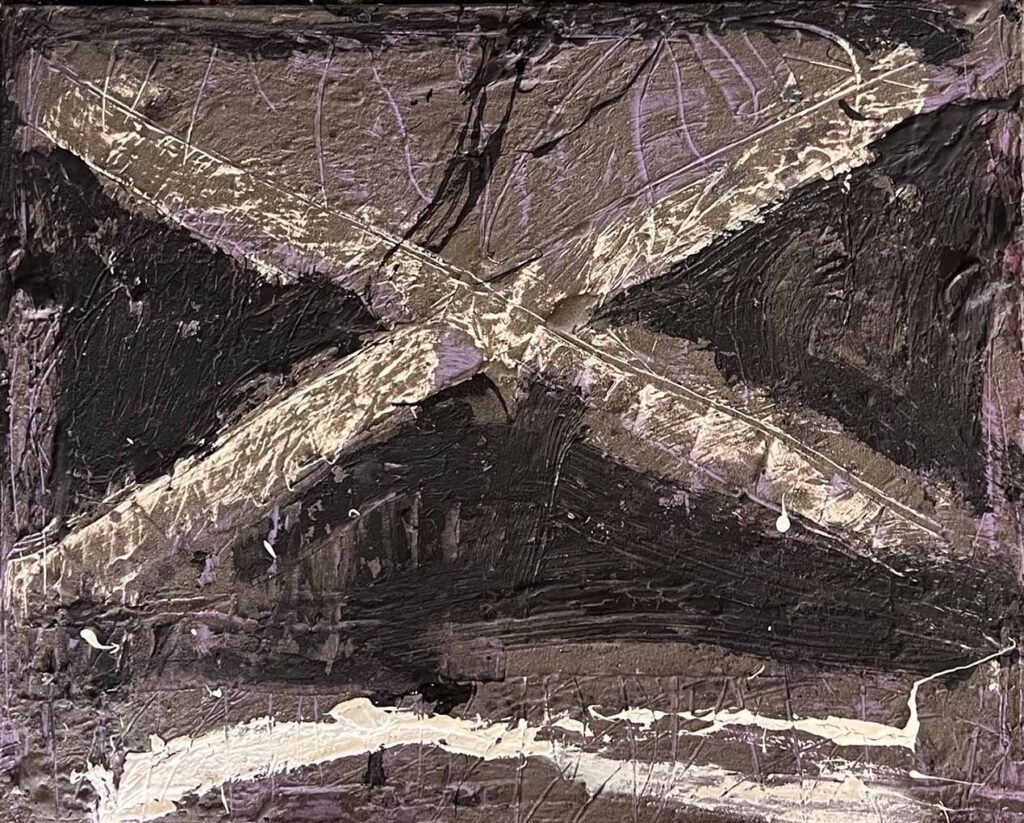
鳥越一輝_被記錄的記憶_複合媒材_91 × 72.7 cm_2025
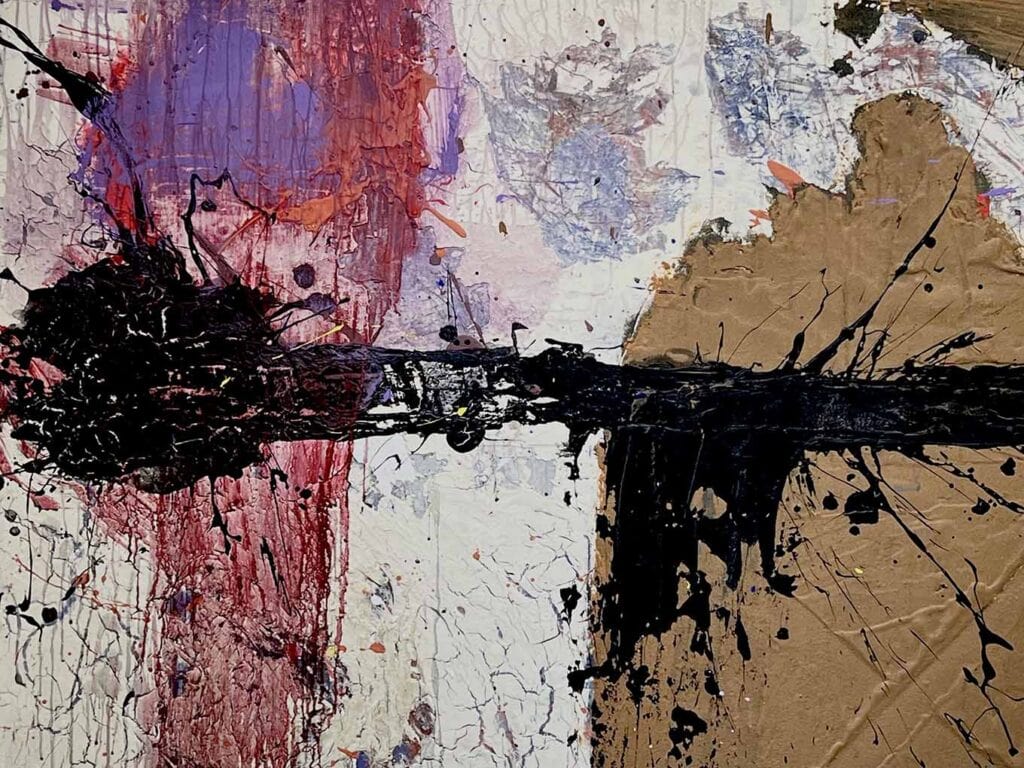
鳥越一輝_Go with the flow in 港都_複合媒材_162×130.3 cm_2024
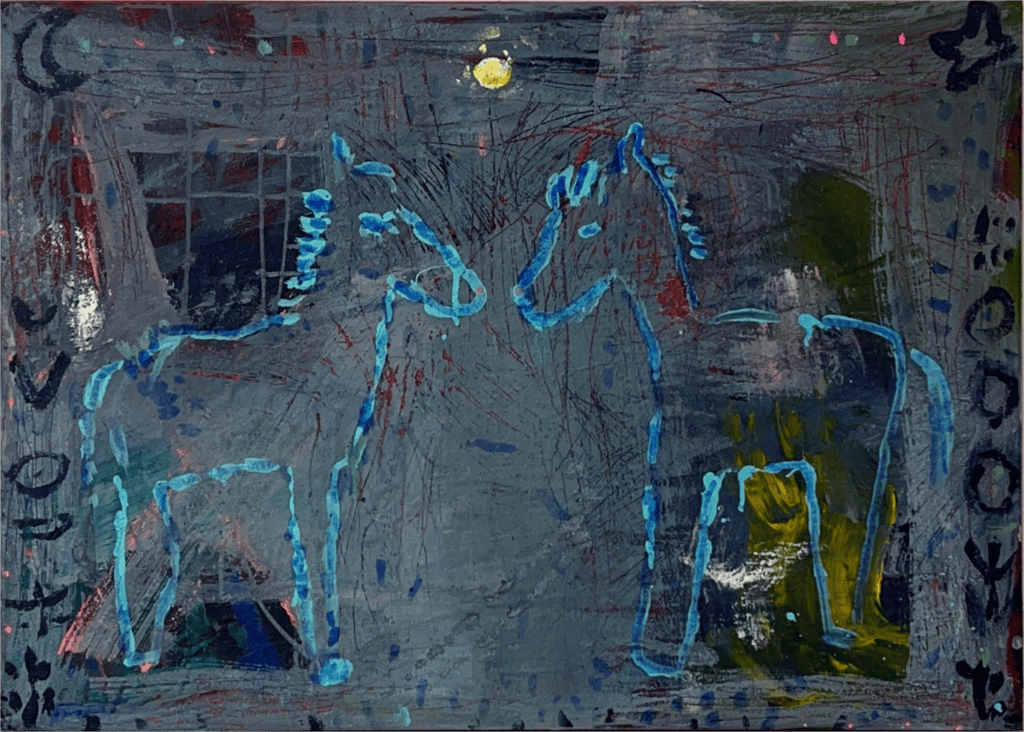
鳥越一輝 _一直在一起_複合媒材_91 × 65 cm_2024

東真里江_表/裏21_壓克力顏料、木炭、木板_65.2 × 65.2 cm_2024
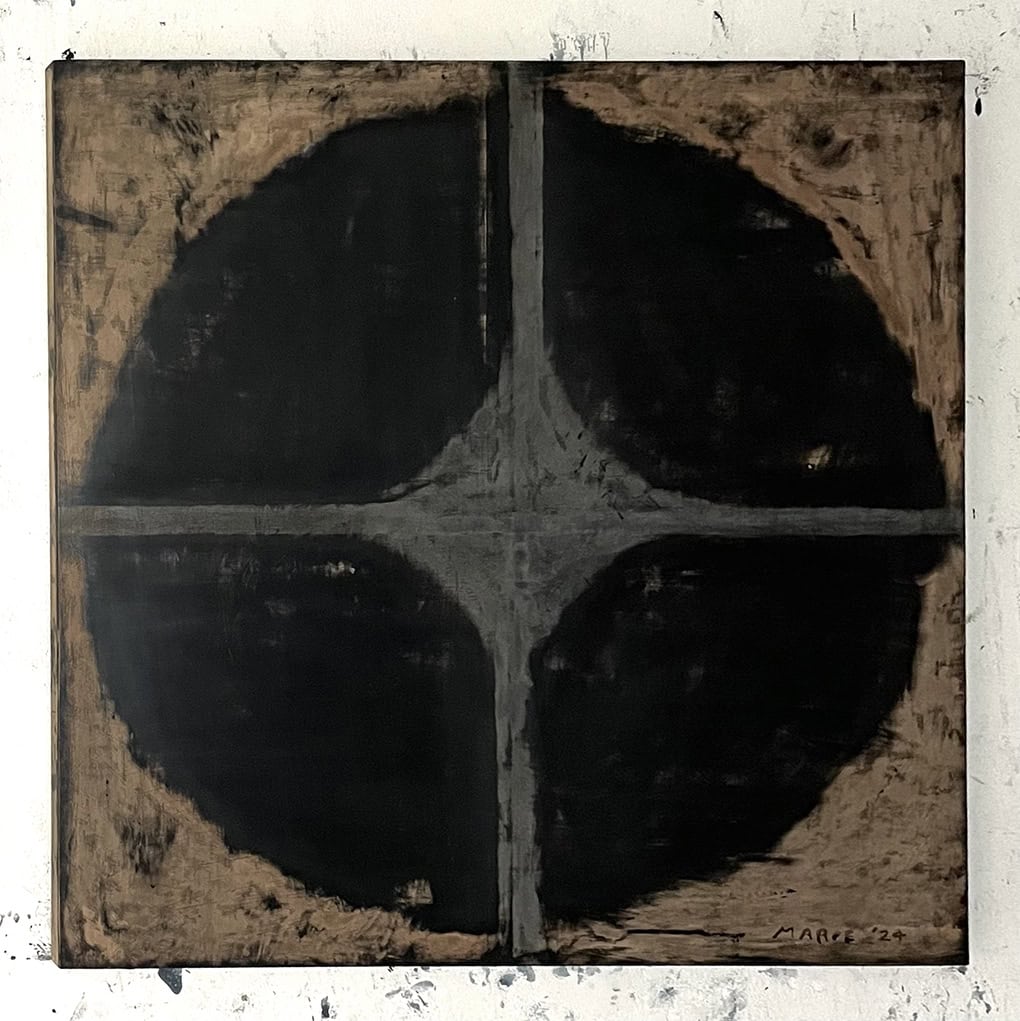
東真里江_默_壓克⼒顏料,⽊炭,⽊板_53×53cm_2024
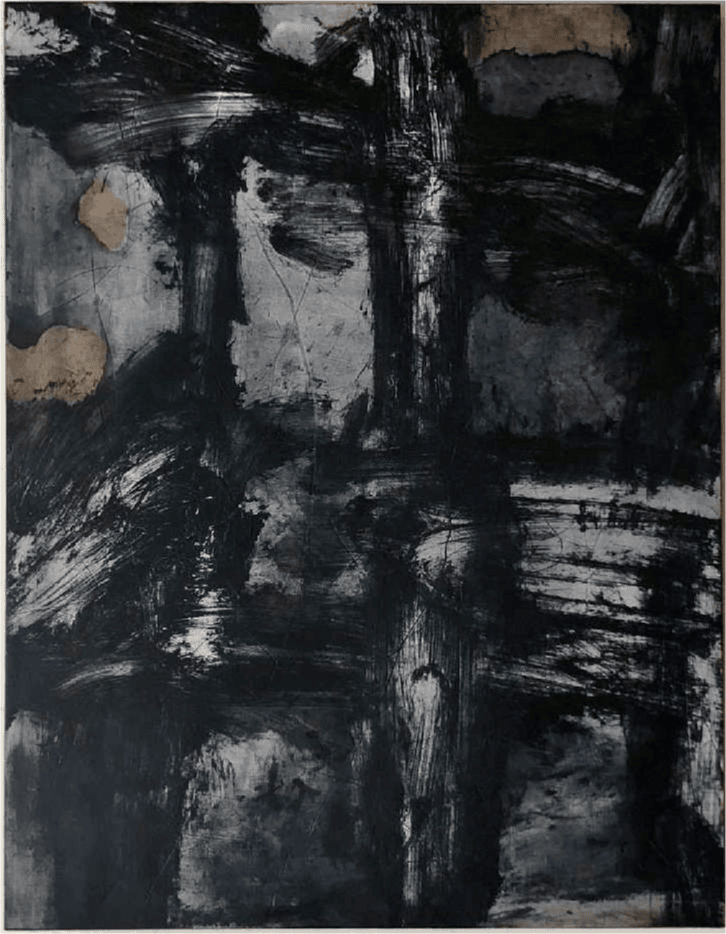
東真里江_野火_壓克力顏料、墨水、水性染色液_41×31.8cm_2022
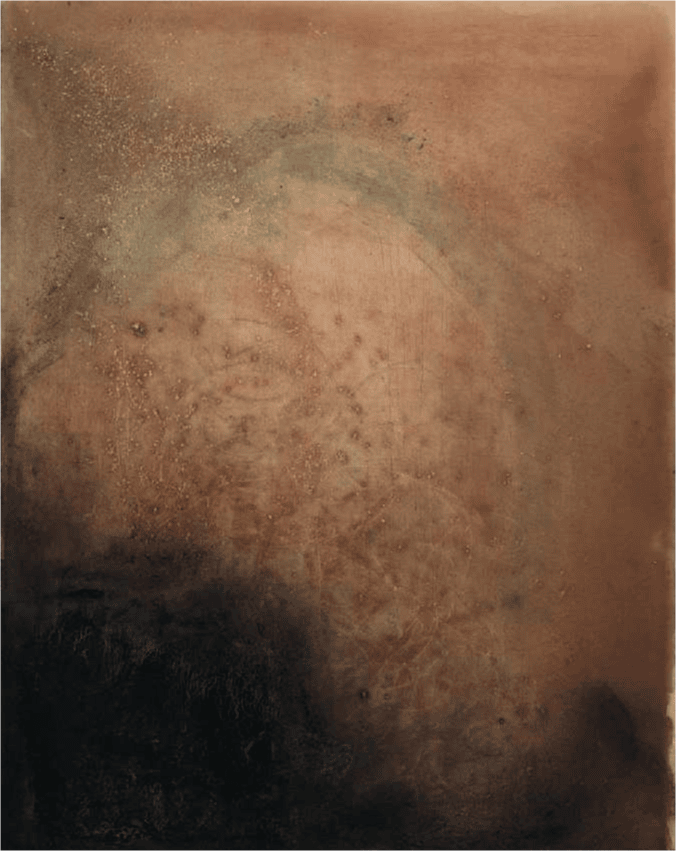
東真里江_燻_壓克力水粉顏料、木炭、紅茶、木_ 41×31.8cm_2021
_壓克⼒顏料、⽊炭、⽊板_100×100cm_20241.jpeg)
東真里江_表/裏(發露)_壓克⼒顏料、⽊炭、⽊板_100×100cm_2024(1)
_壓克⼒顏料、⽊炭、⽊板_100×100cm_2024.jpeg)
東真里江_表/裏(發露)_壓克⼒顏料、⽊炭、⽊板_100×100cm_2024

東真里江_幽3_壓克力顏料、水性醇酸樹脂顏料、木炭,木板_65.2 × 65.2 cm_2024
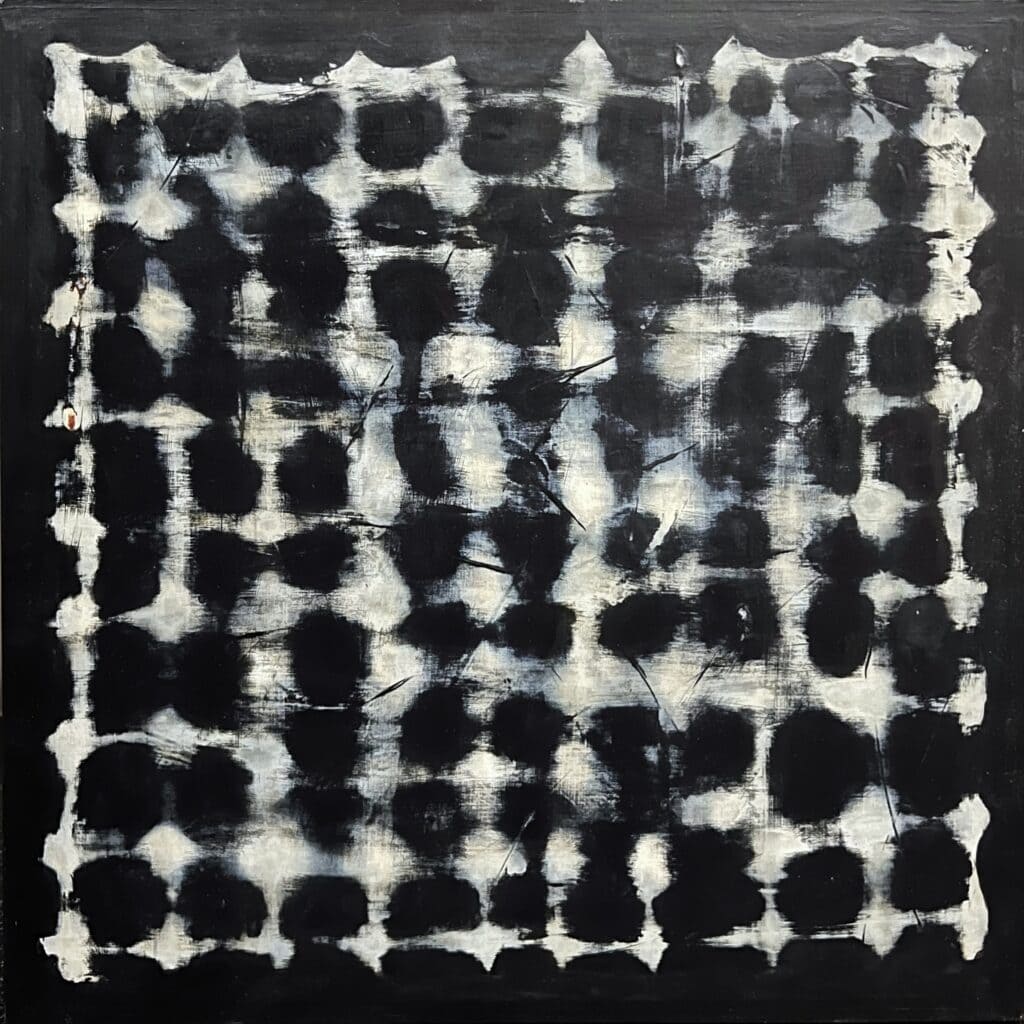
東真里江_幽4_壓克力顏料、水性醇酸樹脂顏料、木炭、木板_53 × 53 cm_2024
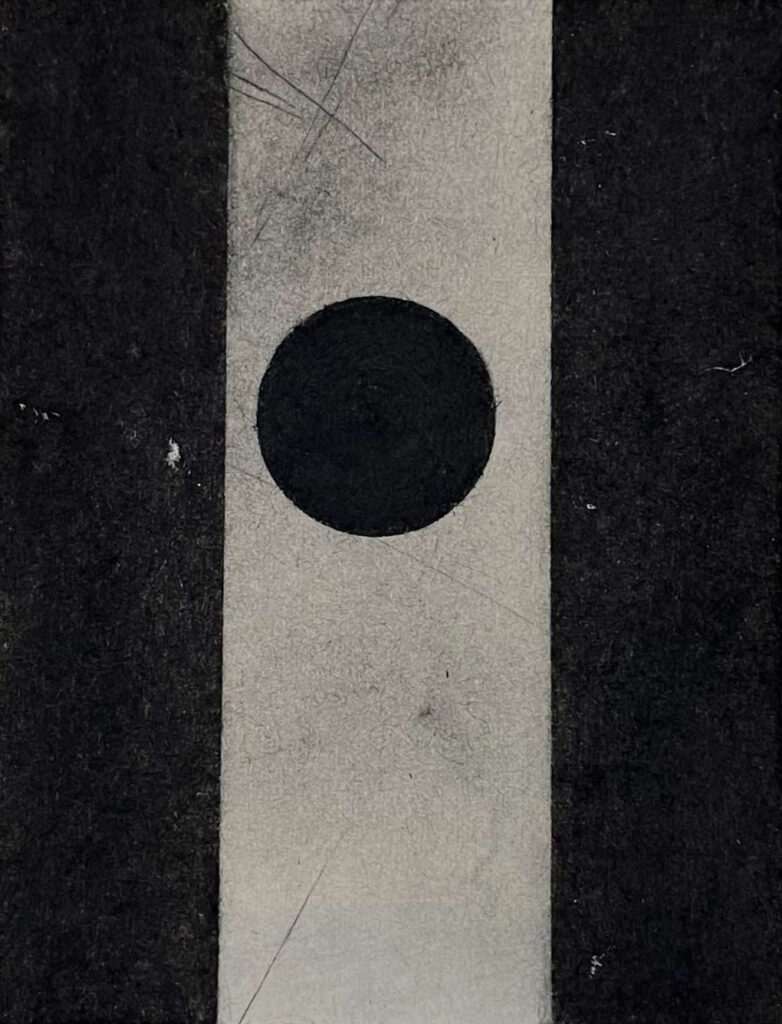
東真里江_回歸1_⽊炭、紙本_18.3×14cm_2024
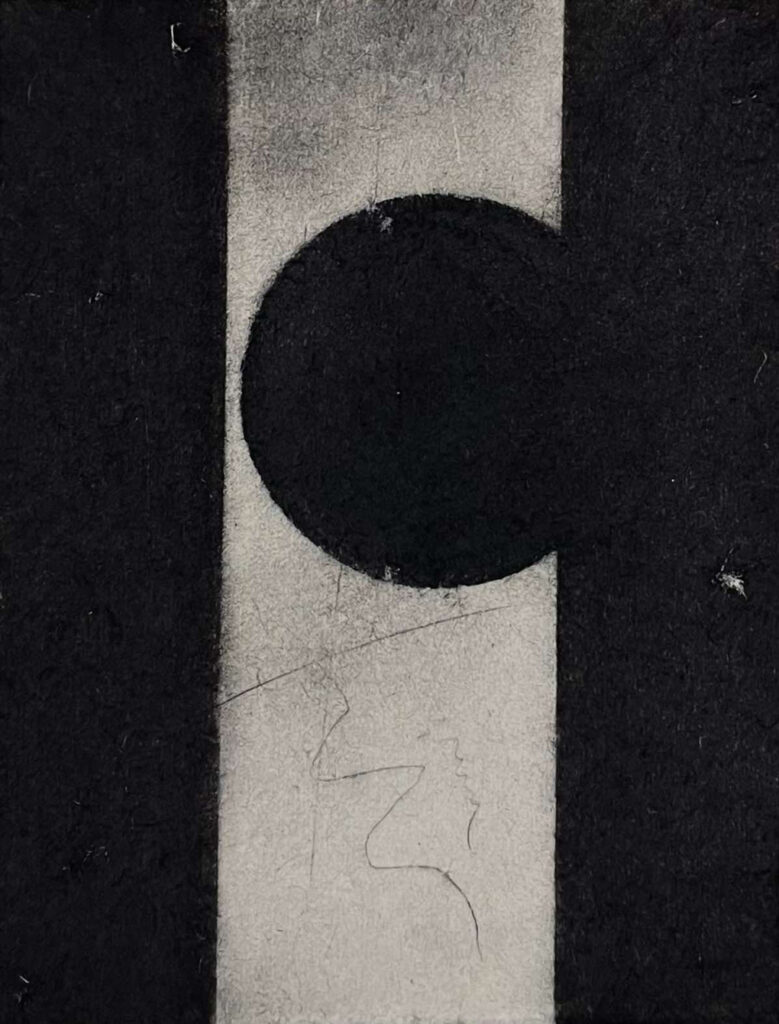
東真里江_回歸2_⽊炭、紙本_18.3×14cm_2024
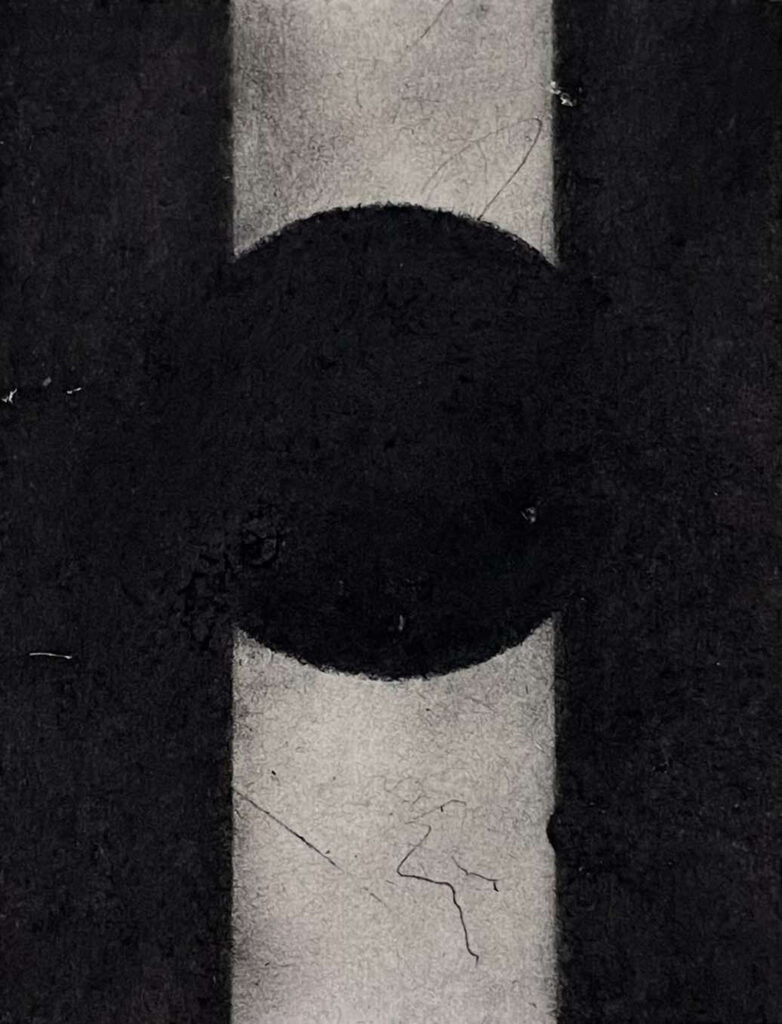
東真里江_回歸3_⽊炭、紙本_18.3×14cm_2024

東真里江_表/裏 7_壓克力顏料、木板_100×100 cm_2023
-_壓克⼒顏料、⽊炭、⽊板_100×100cm_2024.jpg)
東真里江_表/裏(射) _壓克⼒顏料、⽊炭、⽊板_100×100cm_2024
_壓克力顏料、木板_53×53cm_2024.jpg)
東真里江_表/裏(浮)_壓克力顏料、木板_53×53cm_2024
_壓克⼒顏料、⽊炭、⽊板_100×100cm_2024.jpg)
